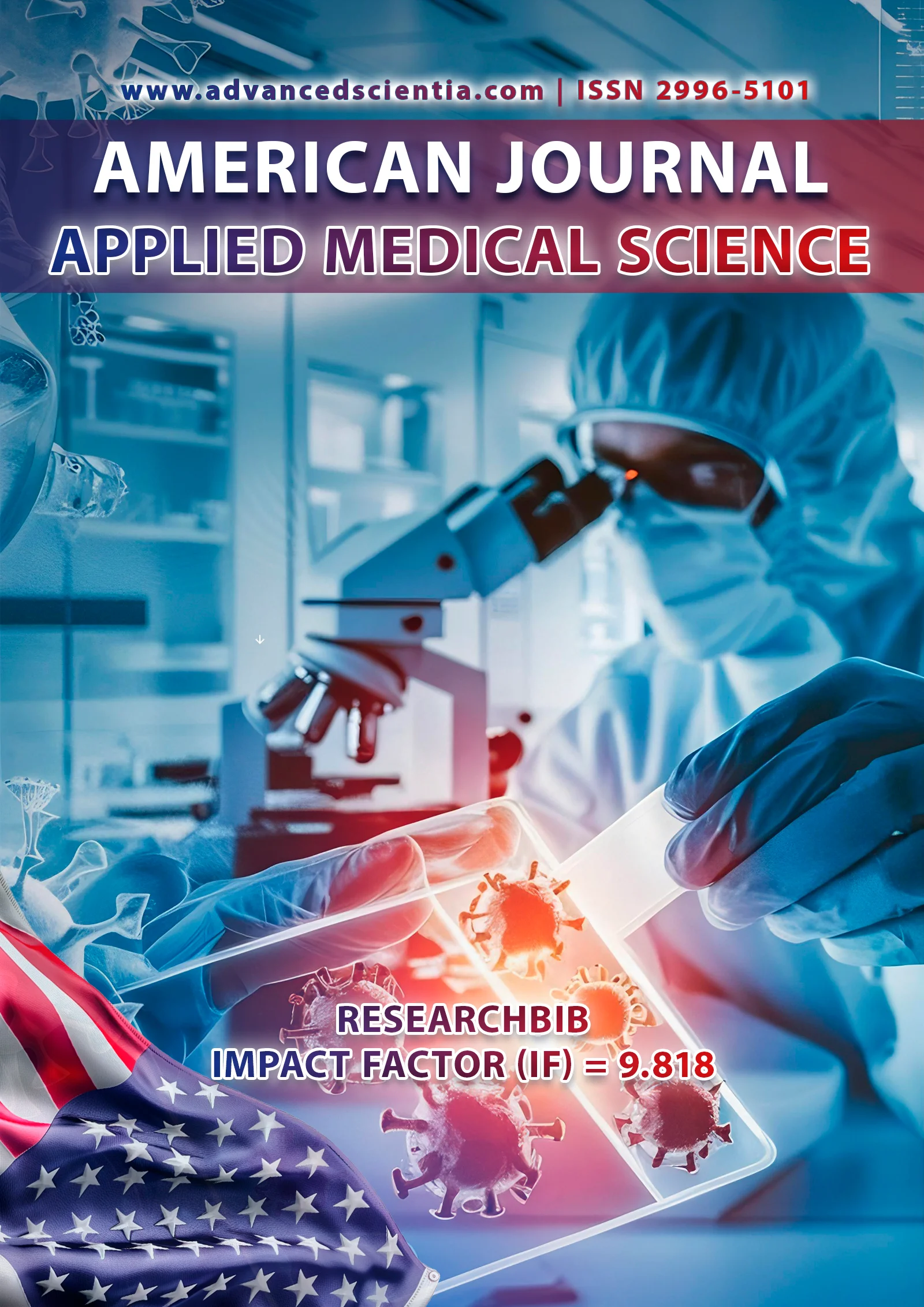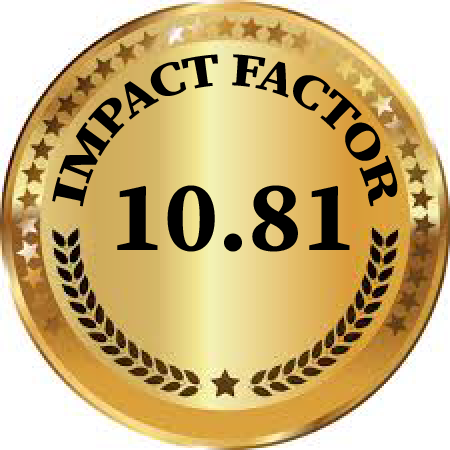INTEGRATIVE APPROACH TO THE TREATMENT OF MICROBIOLOGICAL DISORDERS OF THE ORAL MUCOSA IN CANCER PATIENTS (REVIEW ARTICLE)
Abstract
The review focuses on integrative approaches to the therapy of microbiological disorders of the oral mucosa in cancer patients caused by the combined effects of chemotherapy, radiation therapy, and surgical treatment. The pathogenic mechanisms of oral microbiota alterations are discussed, including disruptions in the local immune response, increased levels of pro-inflammatory cytokines, and activation of hypoxia-related factors. Particular attention is given to the role of hypoxia-inducible factor HIF-1α as a key regulator associated with the progression of malignant processes and the development of purulent-inflammatory complications. Modern data on the significance of using antimicrobial peptides, local immunomodulators, and proteomic analysis for optimizing diagnosis and therapy are presented. Recommendations are provided for pathogenetically justified methods for preventing microbiological complications aimed at stabilizing the microbiota and reducing the risk of recurrences.
References
1. Kaprin A.D., Starinsky V.V., Petrova G.V. Malignant neoplasms in Russia in 2014 (morbidity and mortality). Moscow: MNIOI P.A. Herzen, 2016. 250 p.
2. Ahn M.J., Kim H., Jeong H. et al. Current molecular diagnostics of oral cancer. Cancer Res, 2016, 12(5): 463–472.
3. Javaid M.A., Ahmed A.S., Durand R. et al. Salivary biomarkers of oral cancer: Current state and perspectives. Front Oncol, 2016, 6: 96.
4. Shridhar K., Mathur P., Nandakumar A. Time trends in breast cancer incidence in India and correlation with tumor markers. Asian Pac J Cancer Prev, 2016, 17(7): 3087–3090.
5. Semenza G.L. Hypoxia-inducible factors in physiology and medicine. Cell, 2012, 148(3): 399–408.
6. Vajaria B.N., Patel P.S. Salivary biomarkers of oral cancer. Transl Res Oral Oncol, 2016, 1: 1–13.
7. Yang N., Wang X., Zong Y. et al. NF-kB activation and its association with tumor progression in oral cancer. J Oral Pathol Med, 2016, 45(9): 713–719.
8. Irani S. Saliva in oral cancer diagnosis: Challenges and perspectives. Clin Chim Acta, 2016, 455: 21–29.
9. Guerra E.N., Melo T.M., Acevedo A.C. Strategies for early diagnosis of oral cancer. Oral Oncol, 2016, 62: 19–26.
10. Freeman R.S., Barone M.C. Death-promoting transcriptional complexes in neurons. Front Biosci, 2005, 10: 993–1001.
11. Kleiner D.E. Structural and functional changes in the oral mucosa during cancer therapy. Cancer Res, 2009, 16(2): 154–162.
12. Parkinson E.K., Kellett M., Hutton A.J. Oral mucosa biofilm changes in oncology patients. J Oral Pathol Med, 2016, 45(7): 609–618.
13. McDaniel D.K., Tillman R. Molecular pathways of oral cancer development. Nat Rev Cancer, 2016, 10(4): 257–267.
14. Sahin K., Orhan C., Tuzcu M. Role of transcription factors in oral squamous cell carcinoma progression. Cancer Med, 2016, 5(7): 1567–1574.
15. Jensen S.B., Pedersen A.M. V. Saliva and oral mucosa in relation to radiation therapy of head and neck cancer. Support Care Cancer, 2016, 24(5): 2101–2110.
16. Porter S.R., Scully C. Adverse effects of cancer chemotherapy on the oral tissues. Br J Cancer, 2016, 22(3): 563–567.
17. Han P., Wu Y., Li Z. Salivary proteomics in oral diseases. J Dent Res, 2016, 95(2): 269–276.
18. Wang Z., Li L., Liu Y. Proteomic biomarkers for oral cancer diagnosis. Proteomics, 2016, 5(2): 113–119.
19. Mirabile A., Pizzi A., Lo Russo L. Recent advances in oral cancer therapy. Curr Opin Oncol, 2016, 28(3): 215–221.
20. Kang F.W., Ma J., Liu S.G. Targeting hypoxia-inducible factor-1 alpha in cancer therapy. Onco Targets Ther, 2013, 6: 1427–1434.
21. Lukyanova L.D., Dudchenko A.M., Lukyanov S.L. Role of HIF in cellular adaptive mechanisms. Exp Oncol, 2013, 35(2): 72–81.
22. Brown J.S., Shaw R.J. Salivary gland disease following cancer therapy. Oral Oncol, 2016, 52: 29–35.
23. Lin P.Y., Chiu P.C., Tsai C.C. Role of transcriptional pathways in oral cancer progression. Cancer Res, 2016, 72(3): 533–540.
24. Santos M., Almeida F.S., Cruz G. Novel approaches in oral mucosal healing. J Clin Oncol, 2016, 34(12): 1574–1581.
25. De Lima P.O., Tannure P.N., Almeida R.M. Clinical applications of HIF in oncology. Int J Cancer, 2016, 138(2): 314–322.
26. Gogarty D.S., Horgan C.C., Lacey G. Diagnostic challenges in oral pathology. Pathol Res Pract, 2016, 212(3): 189–196.
27. Larsen-Reindorf R., Muller L., Perkins S. Comparative analysis of oral cancer biomarkers. J Cancer Res, 2016, 14(4): 202–209.
28. Irani S. The role of biofilm in oral mucosal diseases. Front Biosci, 2016, 10: 2295–2311.
29. Choy E.H., Tan A.L., McGonagle D. Novel molecular markers for oral inflammation. Br J Cancer, 2016, 23(6): 871–878.
30. Almaghrabi S., Marzouk A.M. Advances in oral cancer therapy: Future directions. Oral Surg Oral Med Oral Pathol Oral Radiol, 2016, 122(5): 536–545.






















